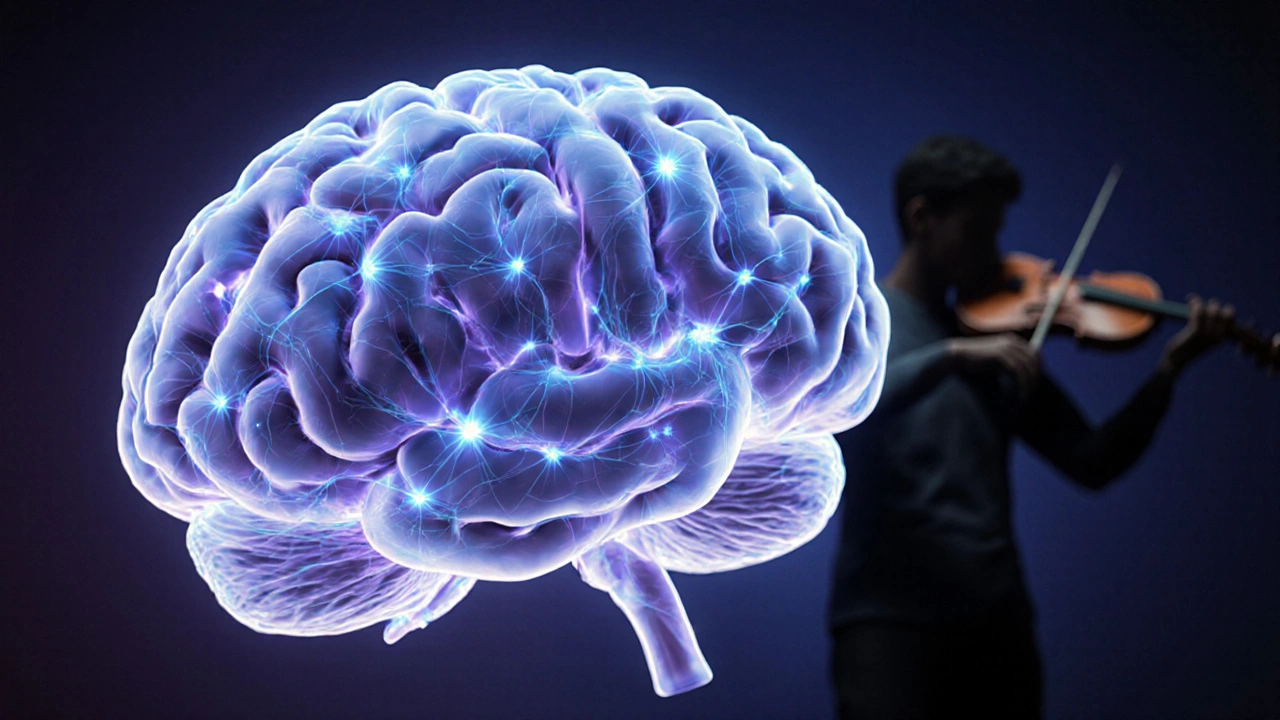Mindset Assessment Tool
Discover your learning mindset and get tailored strategies to improve your approach. This assessment takes 2 minutes and provides personalized feedback based on the science discussed in the article.
Instructions
Rate how strongly you agree with each statement below using the scale:
1 = Strongly Disagree • 2 = Disagree • 3 = Neutral • 4 = Agree • 5 = Strongly Agree
1. I believe my intelligence is fixed and can't be significantly improved through effort.
2. When I face a difficult task, I often give up because I believe I'm not smart enough.
3. I see mistakes as opportunities to improve my learning.
4. I believe that with enough effort, I can master almost any skill.
5. I avoid challenging tasks because I'm afraid of failure.
6. I believe that effort is the key to success rather than natural talent.
Your Mindset Assessment Result
Mindset Type
What This Means
Personalized Action Plan
Ever wonder why some folks seem stuck on the same mistakes while others pick up new skills fast? The answer isn’t magic - it’s a mix of brain wiring, mindset, biases, and life conditions. Below we break down the science, point out common traps, and give you real‑world steps to turn a learning block into a learning boost.
What "learning" really means
Learning is a process through which the brain acquires, stores, and later retrieves knowledge, skills, or behaviors. It isn’t a single event; it’s a continuous loop of attention, encoding, consolidation, and retrieval.
Biology isn’t destiny: neuroplasticity and genetics
Neuroplasticity refers to the brain’s ability to reorganize its structure and function in response to experience explains why practice can reshape neural pathways. However, genetic factors set baseline differences in synaptic density and myelination, which can make some people’s brains more efficient at forming those pathways.
Key point: neuroplasticity is a muscle - the more you work it, the stronger it gets, but genetics can influence the starting point.
Mindset matters: fixed vs. growth
Fixed mindset is the belief that abilities are static and unchangeable leads people to avoid challenges, fearing failure will prove they’re “not smart.” In contrast, a Growth mindset holds that skills can improve with effort and strategy fuels persistence.
The following table shows how each mindset plays out in everyday learning situations:
| Aspect | Fixed Mindset | Growth Mindset |
|---|---|---|
| Reaction to Mistakes | See errors as proof of inability | View errors as feedback for improvement |
| Effort | Effort is a sign of weakness | Effort builds competence |
| Challenges | Avoid difficult tasks | Seek out new challenges |

Cognitive biases that blind us
Cognitive bias is a systematic pattern of deviation from rational judgment can trap learners in self‑defeating loops. Confirmation bias makes people favor information that supports their existing beliefs, while the Dunning‑Kruger effect leads low‑skill individuals to overestimate their competence and ignore remedial feedback.
Being aware of these biases is the first step toward correcting them.
When the brain needs extra help: learning disabilities
Learning disability is a neurologically based condition that affects the way information is processed includes dyslexia (reading), dyscalculia (math), and ADHD (attention). These conditions are not about intelligence; they are about how the brain wires certain processes.
Students with these profiles often need tailored instruction, multimodal resources, and longer processing time. Early identification paired with appropriate accommodations can close the gap dramatically.
Motivation: the fuel behind effort
Motivation is the internal drive that initiates, guides, and sustains goal‑directed behavior splits into intrinsic (interest, curiosity) and extrinsic (rewards, grades). Research shows intrinsic motivation predicts deeper engagement and better long‑term retention.
External pressures-like low socioeconomic status, lack of role models, or unsupportive school environments-can depress both forms of motivation, creating a vicious cycle of disengagement.
Metacognition: learning how to learn
Metacognition is the awareness and regulation of one’s own thinking processes lets learners plan, monitor, and evaluate their study tactics. Simple habits like asking, “Do I really understand this?” or “What’s the best way to test myself?” boost retention.
Students who practice metacognitive strategies outperform peers even when starting at the same skill level.
Practical steps to break the "never learn" cycle
- Identify mindset: Write down a recent failure and reframe it as a learning cue.
- Check for biases: Ask a trusted friend to critique your assumptions.
- Screen for hidden disabilities: Use brief online checklists or consult a specialist if you suspect dyslexia or ADHD.
- Boost motivation: Set micro‑goals that align with personal interests, then reward yourself in non‑material ways (e.g., a short walk).
- Practice metacognition: After each study session, note what worked, what didn’t, and adjust the next session accordingly.
By tackling biology, mindset, bias, and environment together, you turn a static "never learn" label into a growth narrative.
Frequently Asked Questions
Can adults still improve their brain’s neuroplasticity?
Yes. Studies from 2023 show that adults who engage in novel, challenging activities-like learning a new language or instrument-experience measurable increases in gray‑matter volume, proving neuroplasticity persists throughout life.
Is a fixed mindset irreversible?
No. Interventions such as growth‑mindset workshops, reflective journaling, and praise for effort have been shown to shift beliefs in as little as six weeks, especially when reinforced by mentors.
How do I know if I have an undiagnosed learning disability?
Common signs include chronic difficulty reading aloud despite adequate instruction, frequent misreading of simple words, or an inability to stay focused on tasks that others handle easily. A professional evaluation (psychologist or educational therapist) can confirm the diagnosis.
What role does socioeconomic status play in learning difficulties?
Lower socioeconomic status often limits access to enriching resources, stable schooling, and nutrition-all of which affect brain development. Targeted programs that provide tutoring, books, and stable meals have been proven to narrow achievement gaps.
Can metacognitive training replace traditional study methods?
Metacognition enhances, not replaces, standard techniques. Combining active recall, spaced repetition, and metacognitive reflection yields the highest retention rates.

